Mystery stories have long captivated human imagination, offering a blend of suspense, drama, and intrigue. These tales keep readers on the edge of their seats as they try to solve the enigma before the protagonist does. Whether it’s a simple whodunit or a complex web of clues, a good mystery story engages your intellect and emotions.
But coming up with a compelling plot can be challenging for even seasoned writers. If you’re finding yourself at a creative standstill, worry not. In this blog post, we’re going to dive into some of the best mystery writing prompts to help you unleash your inner Agatha Christie. So, let’s unravel the mystery of great storytelling.
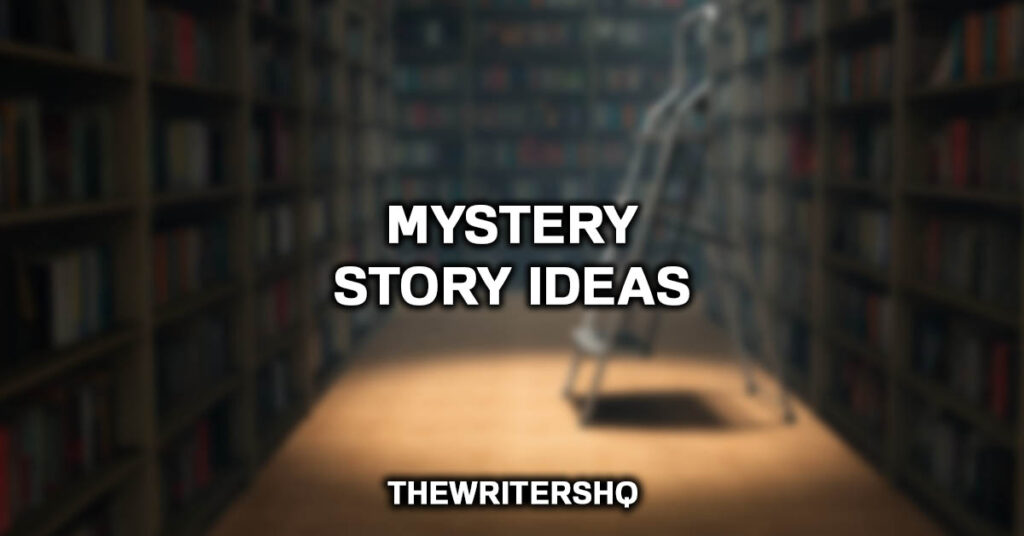
Best Mystery Writing Prompts
1. The Disappearing Act
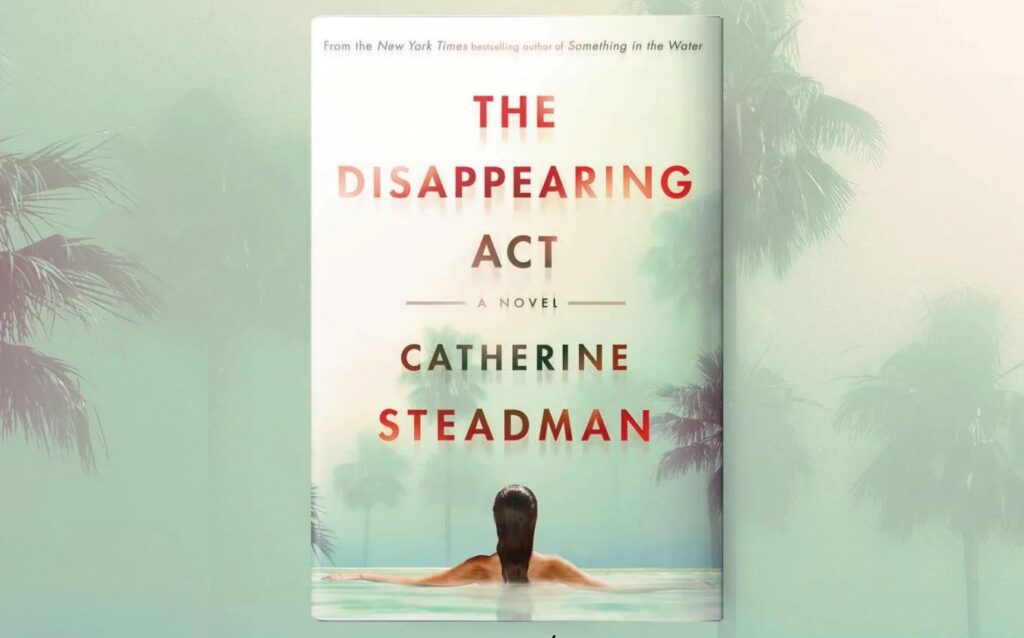
Imagine a world-renowned magician who has never revealed the secrets behind his tricks. One day, during a live performance, he disappears literally and never returns. What could have happened? Your protagonist, a junior reporter, starts digging deeper into the mystery.
2. The Silent Town
A traveler arrives in a quaint small town that seems almost too perfect. Soon, they realize that all the town’s residents disappear at sundown, and there’s complete silence. What’s the secret that the town is keeping?
3. The Locked Room
A person is found dead in a locked room with no signs of struggle or forced entry. Everyone is a suspect, including family members who all have secrets to hide. Your protagonist, a retired detective, is called upon to solve the case.
4. The Cryptic Diary

Your protagonist inherits an old, worn-out diary from an estranged family member. The diary is written in code. When they finally decode it, they realize it’s not just a journal, but a series of clues leading to a hidden treasure or something darker.
5. The Unseen Stalker
Someone in your protagonist’s life is mysteriously stalking them, but there’s a twist: the stalker is invisible. How do you catch someone you can’t see? As the stalker’s pranks escalate, your protagonist must solve the mystery before it’s too late.
6. The Stolen Identity
Your protagonist wakes up one morning to find that someone has stolen their identity—bank accounts drained, social media hijacked, and credit score destroyed. In the quest to catch the culprit, they discover a bigger conspiracy.
7. The Ghost Ship

A ship thought to be lost at sea resurfaces, void of human life but perfectly intact otherwise. How did it vanish and what happened to the crew? Your protagonist, an oceanographer, seeks to unravel the mystery.
8. The Time-Loop Murder
Your protagonist is stuck in a time loop, similar to “Groundhog Day,” but with a horrifying twist: someone dies at the end of each day. To break the loop, they must find out who the killer is.
9. The Faceless Artist
An artist renowned for their incredibly lifelike portraits is rumored to steal the souls of people they paint. Your protagonist, an art critic, starts to investigate whether these claims are true.
10. The Forgotten Crime
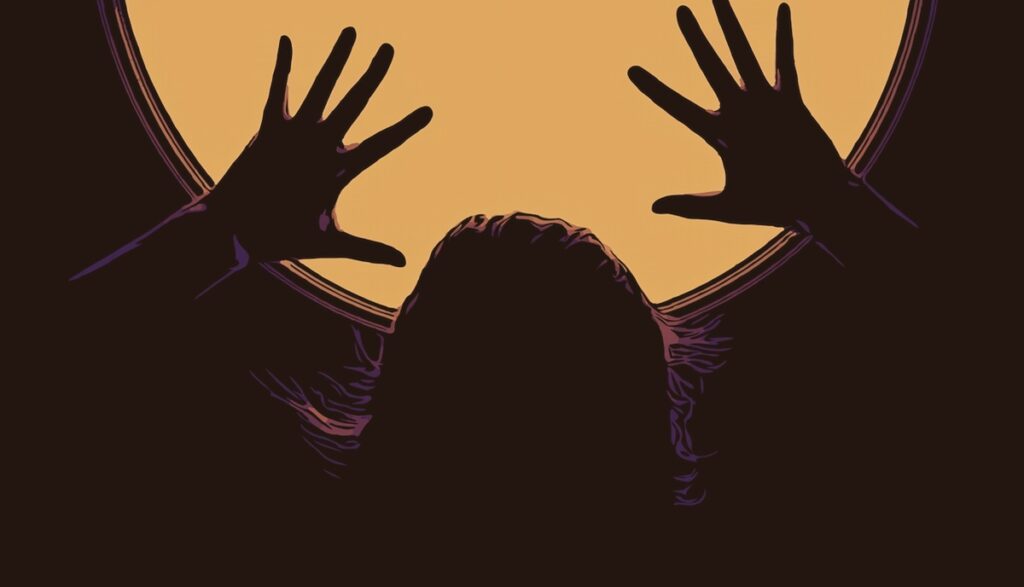
A major crime from 20 years ago resurfaces when new evidence is discovered. The protagonist, who was a child at the time and witnessed the crime, is forced to revisit the traumatic event to solve the case.
11. The Last Message
Your protagonist receives an encrypted message from an old friend who died years ago. Decoding the message leads them to a treasure hunt with dangerous consequences.
12. The Mirror House
In a small town’s carnival, there’s a house of mirrors where visitors are said to see glimpses of their future. Your protagonist, intrigued, goes in and sees something disturbing. What was it?
13. The Silent Note
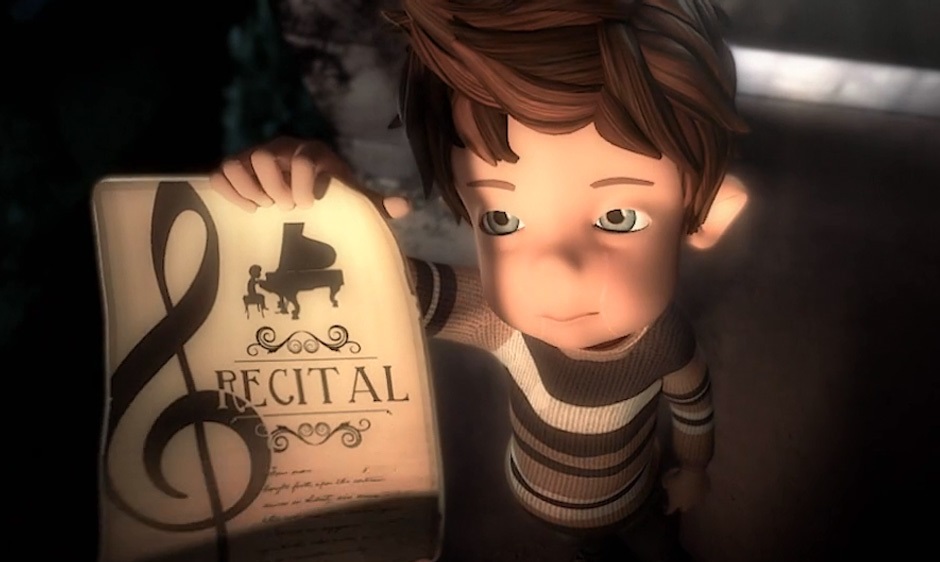
A world-famous pianist suddenly stops in the middle of a performance and walks off stage, never to be seen again. Your protagonist finds a cryptic note on the piano that could hold the key to the musician’s disappearance.
14. The Immortal Suspect
The suspect in a series of murders claims to be immortal, having lived for centuries. Is it a clever ruse, or is there something supernatural at play?
15. The Genetic Lottery
People in a future society are genetically engineered to live without crime. When a murder occurs, everyone is stumped, and your protagonist has to solve what seems to be the perfect crime.
16. The Shifting Painting
A painting in an art gallery changes subtly every day, and only your protagonist seems to notice. As they investigate, they discover that the changes in the painting mirror real-life events.
17. The Neighborhood Watch

Someone has been spying on the residents of a neighborhood and knows their deepest secrets. When those secrets start to be revealed one by one, chaos ensues, and your protagonist must find the voyeur.
18. The Mind Reader
Your protagonist can read minds but hears a thought that terrifies them. Now, they must find out who among the people they know is planning something sinister.
19. The Amnesiac Witness
A witness to a crime wakes up with amnesia. As fragmented memories return, they have to piece together what they saw, becoming increasingly aware that they’re in grave danger.
20. The Invisible Maze
People who enter a particular building in town start disappearing. It’s up to your protagonist to figure out why the building seems to have an uncanny ability to make people vanish.
21. The Virtual Escape

In a world where people can upload their consciousness to a virtual paradise, users start going missing in the real world. Your protagonist must solve the mystery before more people disappear.
22. The Zodiac Revival
The Zodiac Killer returns, or so it seems. Copycat or real, your protagonist, a forensic psychologist, is drawn into the investigation.
23. The Second Moon
A second moon appears in the sky, and strange occurrences start happening around the world. Your protagonist, an astronomer, tries to solve the astronomical anomaly while the world descends into chaos.
24. The Cursed Script
Actors in a play start dying in the exact way their characters do on stage. Is it a curse or a well-planned series of murders?
25. The Phantom Island

An island that doesn’t appear on any map is discovered. The expedition team sent to explore it vanishes without a trace. Your protagonist, a geographer, decides to investigate.
26. The Haunted Library
A library is said to be haunted by a ghost who communicates by rearranging book titles on the shelves to send messages. Your protagonist, a skeptic librarian, decides to dig deeper.
27. The Unexpected Inheritance
Your protagonist inherits a castle only to find that the previous owner, their great-uncle, was suspected of being a serial killer. As they explore, they begin to wonder if the accusations are true.
28. The Social Media Alibi
A man provides a solid alibi for a crime, supported by posts and pictures on social media. But your protagonist notices inconsistencies and must uncover the truth behind the digital façade.
29. The Never-Ending Night

The sun doesn’t rise one day, plunging the world into endless nights. Strange occurrences follow, and your protagonist, a journalist, investigates the phenomenon.
30. The Chameleon Assassin
An assassin with the ability to change their appearance has been eliminating high-profile targets. Your protagonist, an investigative journalist, tries to catch them before they strike again.
31. The Digital Ghost
People in a small town receive text messages from a deceased local celebrity, predicting local events. Your protagonist, a tech-savvy teen, investigates the source of the messages.
32. The Perpetual Train

A train that was reported missing decades ago suddenly reappears on its original track, still functioning but empty. Your protagonist, a train conductor, explores the eerie phenomenon.
33. The Unopened Letter
An old, unopened letter is found during a home renovation. It reveals a murder confession dated back to the early 1900s. Your protagonist decides to find out if the confession is real.
34. The Life Replay
People in town are experiencing flashbacks that let them relive moments from their past, but they always include an unfamiliar face. Your protagonist, a psychologist, delves into the mystery.
35. The Healing Waters

A local pond is said to have healing powers but is also rumored to be cursed. When a series of miracles and tragedies occur, your protagonist, an environmental scientist, seeks answers.
36. The Fading Photographs
Photographs in a local museum start to fade, and the people in them seem to be posing differently. Your protagonist, a historian, tries to uncover what’s happening.
37. The Last Meal
A famous chef dies under mysterious circumstances after preparing a “last meal” for close friends and family. Your protagonist, a food critic, investigates the unusual event.
38. The Vanishing Artists
Several artists go missing after painting the same mysterious figure. Your protagonist, a gallery owner, tries to find the connection.
39. The Aging Curse
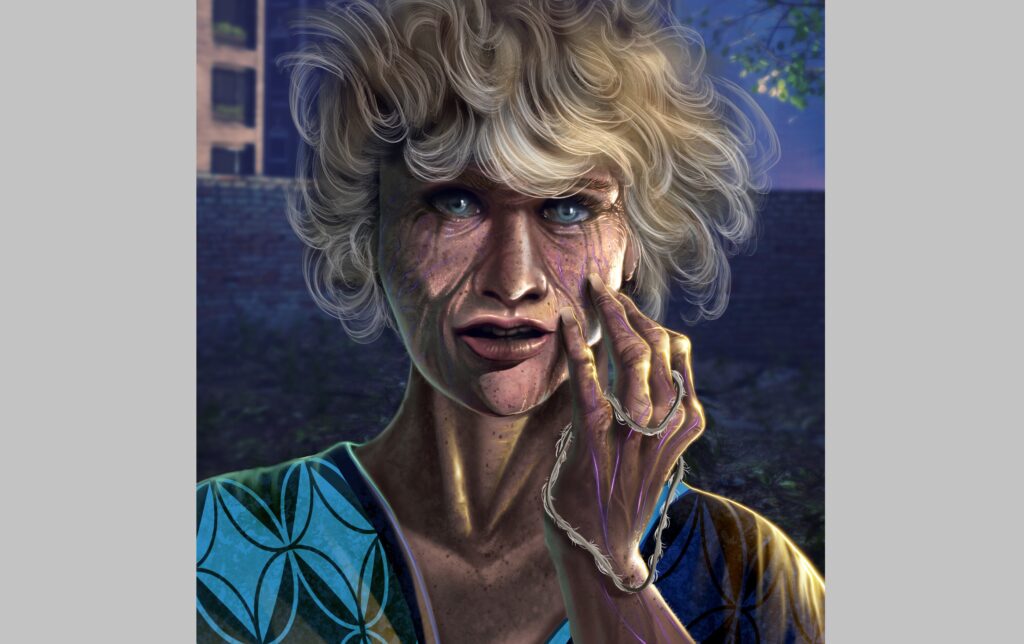
People in a certain village start aging rapidly, and nobody knows why. Your protagonist, a medical researcher, takes on the case.
40. The Broken Timeline
Your protagonist discovers evidence suggesting that historical events didn’t happen the way they’re commonly understood. As they dig deeper, they find themselves being targeted by unknown forces.
41. The Song of Despair
A haunting melody plays on an old piano in an abandoned building. Those who hear it are filled with an insatiable sorrow. Your protagonist, a musicologist, investigates the origin of the melody.
42. The Snow Globe World
Your protagonist receives a snow globe as a gift. They soon realize that whatever they do to the snow globe happens in real life in a parallel small town.
43. The Sealed Library
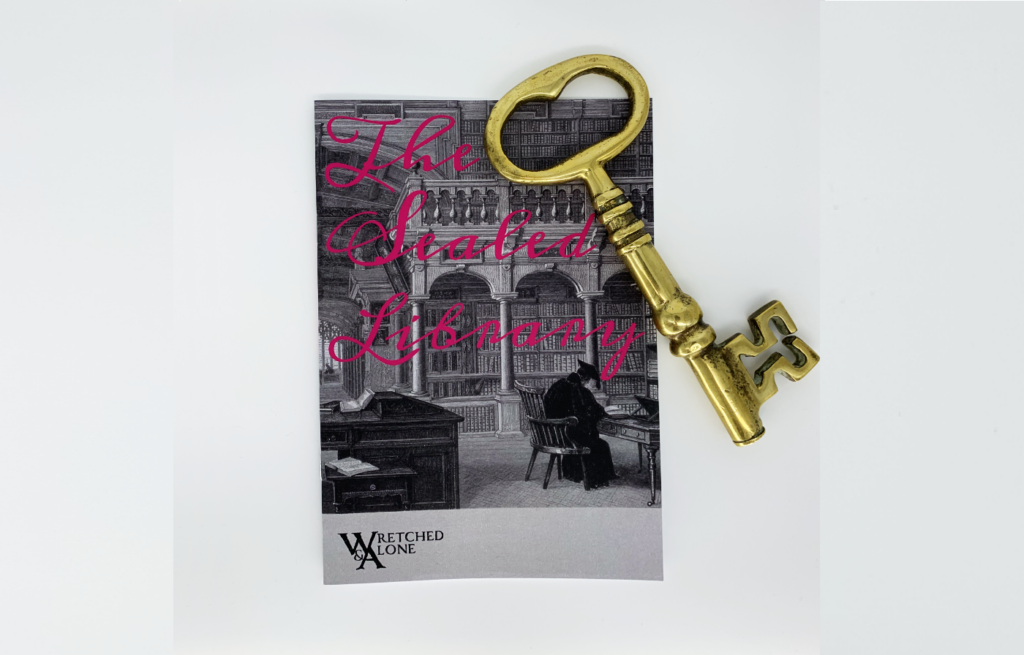
A section of a public library has been sealed off for years. Rumor has it that anyone who enters disappears. Your protagonist, a librarian, decides it’s time to open it.
44. The Wishing Well
A wishing well in a small town grants wishes but at terrible costs. Your protagonist, a journalist, aims to discover the rules governing the wishes.
45. The Hidden Floor
In a tall office building, there’s a button for a floor that doesn’t officially exist. Workers who have tried to explore it have never returned. Your protagonist, a building inspector, takes the case.
46. The Mysterious Blogger
An anonymous blog starts revealing townspeople’s secrets. Your protagonist, a local newspaper editor, is determined to find out who the blogger is.
47. The Wedding Ring
A ring lost 50 years ago is found embedded inside a tree. It’s inscribed with coordinates that lead to an unsolved mystery. Your protagonist, a hiker, follows the lead.
48. The Pandora Virus

A computer virus locks users’ files and leaves a riddle to unlock them. Those who solve it find clues to an unsolved crime. Your protagonist, a cybersecurity expert, is intrigued.
49. The Misfit Society
A secret society exists where members are highly influential people who wear disguises and go by aliases. Your protagonist, a budding politician, is invited to join but must first solve a crime to prove their worth.
50. The Time Capsule
A time capsule is opened, revealing a child’s drawing that accurately depicts a crime scene from the present day. Your protagonist, a detective, investigates the eerie coincidence.
51. The Reappearing Victim
A murder victim mysteriously comes back to life, with no memory of their death or who killed them. Your protagonist, a coroner, tries to get to the bottom of this.
52. The Forgotten Tunnel

An underground tunnel, long forgotten, is rediscovered during a subway expansion. It leads to an area with an unsettling history. Your protagonist, an urban explorer, investigates.
53. The Illusionist’s Journal
Your protagonist finds the diary of an illusionist who claims to have discovered the secret of real magic. The illusionist vanished decades ago under mysterious circumstances.
54. The Forever Night
A small town experiences a night that never ends. Electronic devices stop working, and the residents start to act strangely. Your protagonist, a survivalist, tries to solve the mystery.
55. The Collector
Someone is stealing rare artifacts but leaves behind replicas that are almost perfect. Your protagonist, a museum curator, realizes the significance of the stolen items and starts investigating.
56. The Backwards Clock

A clock in a small antique shop runs backward and appears to reverse time within a certain radius. Your protagonist buys it, only to discover its strange effects and dark history.
57. The Missing Astronaut
An astronaut who was lost in space years ago sends a distress signal from an unknown location. Your protagonist, a space communications analyst, picks up the signal.
58. The Phantom Classmate
Students in a high school discover yearbook photos of a student nobody remembers. Your protagonist, a yearbook editor, digs into the school’s history to find the missing student.
59. The Ghostwriter
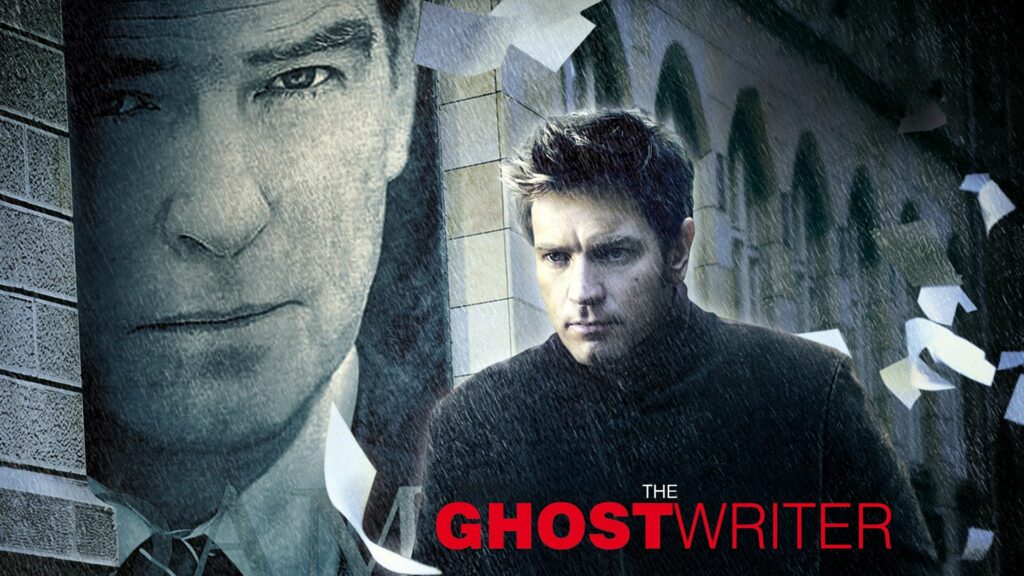
A famous author releases a new book, but an anonymous tip suggests they didn’t write it. Your protagonist, a literary agent, must discover the true author and why they’re hiding.
60. The Doppelgänger Conspiracy
Your protagonist encounters people who swear they’ve met them before, in places they’ve never been. As they investigate, they find evidence of a doppelgänger involved in nefarious activities.
61. The Memory Thief
People in town are losing specific memories, and it seems to be contagious. Your protagonist, a neuroscientist, races against time to find out what or who is causing this phenomenon.
62. The Toy Store Murders
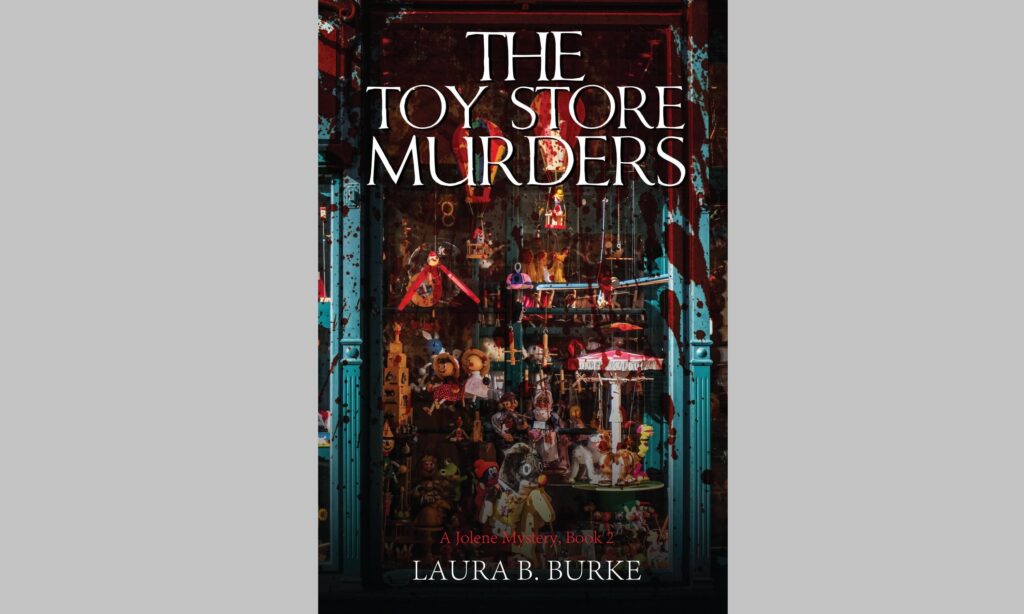
A series of murders are committed using rare collectible toys. Your protagonist, a toy store owner, has to figure out who is using their merchandise for evil deeds.
63. The Abandoned Amusement Park
An amusement park closed after a series of tragic accidents. It’s reopening years later, but accidents start happening again. Your protagonist, an engineer, investigates the rides for tampering.
64. The Hidden Radio Station
A radio station starts broadcasting cryptic messages and chilling music at random intervals. Your protagonist, a radio enthusiast, tries to find the station’s location.
65. The Artificial Intelligence

A newly developed AI starts predicting future crimes. Your protagonist, a programmer, finds the predictions to be eerily accurate but uncovers a darker truth behind the algorithm.
66. The Mystery Shopper
A mysterious shopper leaves clues in purchased items that point to unsolved crimes. Your protagonist, a cashier, starts piecing the clues together.
67. The Midas Experiment
A scientific experiment promises to turn any material into gold but transforms the lead scientist into a statue instead. Your protagonist, a lab assistant, must discover how and why it happened.
68. The Doomsday Equation
Your protagonist, a mathematician, discovers an equation that predicts the end of the world. As they try to warn people, they find themselves targeted by a mysterious organization.
69. The Living Paintings
Paintings in a gallery start to change, depicting increasingly violent scenes. Your protagonist, an art restorer, tries to find out why the art is altering.
70. The Reality Show

Contestants in a reality show start to disappear one by one. Your protagonist, a camera operator, must solve the mystery before they become the next victim.
Armed with this comprehensive list of prompts, you’re more than ready to tackle a wide array of mystery stories that span different themes and settings. Whether you lean toward the supernatural, the psychological, or the plain bizarre, you’re now equipped to captivate your audience with tales that will leave them guessing until the very end.
So, what are you waiting for? Dive into the unknown and start writing your gripping mystery story today!
How to Come Up with a Mystery Story
Creating a mystery story involves more than just a mysterious situation, it requires a well-structured plot, believable characters, and carefully placed clues to keep the reader engaged. Here are some steps to help you come up with your mystery story:
- Identify the Core Mystery
- Begin by deciding on the central enigma or crime that will serve as the story’s backbone. Is it a murder, a disappearance, a theft, or something supernatural?
- Create Your Characters
- Develop characters, especially the protagonist, who will solve the mystery. Your characters must be compelling enough for readers to care about their journey. Also, create a set of suspects with plausible motives.
- Set the Scene
- Choose a setting that adds to the suspense and mystery. It could be a small, isolated town, a bustling city, or even a single building like a mansion or an office.
- Map Out Clues and Red Herrings
- List clues that help solve the mystery and red herrings that lead nowhere. Make sure some clues are more helpful than others and scatter them throughout the story.
- Outline the Plot
- Create an outline with key events that include the initial incident, investigation, clue findings, and the ultimate resolution. The more detailed your outline, the easier the writing process will be.
- Consider the Reveal
- Decide how and when the mystery will be solved. Make sure the reveal is both surprising and satisfying, with enough foreshadowing so it doesn’t feel arbitrary.
- Write and Revise
- Once you have the skeleton of your story, start writing. After the first draft is complete, take time to revise, focusing on plot consistency, pacing, and character development.
- Seek Feedback
- Get opinions from others to see if the mystery is engaging and the clues are neither too obvious nor too obscure.
What is a Good Start for a Mystery Story?
Starting a mystery story can be as challenging as solving a real-life mystery. However, here are some tips to kick off your story with a bang:
- Start with Action
- Begin with an event that throws the reader into the middle of the action, like the discovery of a body or the occurrence of a theft.
- Create an Atmosphere
- Setting the mood right from the start can draw your readers in. Use descriptive language to create an atmosphere that complements the mystery.
- Introduce a Puzzling Situation
- Present a scenario that is hard to explain, sparking curiosity. The initial confusion will make the reader want to find answers.
- Feature a Memorable Character
- An early introduction of a compelling protagonist or an intriguing suspect can serve to hook the reader.
- Use Intriguing Dialogue
- Sometimes, an overheard conversation or a cryptic piece of dialogue can be enough to start things off. Make sure it’s relevant to the mystery to be solved.
- Pose a Question
- A rhetorical or literal question can serve to draw the reader in. It could be the central question that your mystery revolves around.
Expert Tip: Remember, the start of your story sets the tone for everything that follows. Make it engaging, mysterious, and indicative of what’s to come, and you’ll have your readers hooked from the very first page.
How to Write a Mystery Story for School
Writing a mystery story for a school project can be both fun and educational. The process not only allows you to flex your creative muscles but also helps you develop skills in structuring a plot, creating tension, and building engaging characters. Here’s a step-by-step guide tailored for a school setting:
- Understanding the Assignment
- Read the Guidelines: Before you begin, make sure you understand the requirements. Are there length constraints? Is there a specific format you need to follow? Clarifying these points will help you plan better.
- Read the Guidelines: Before you begin, make sure you understand the requirements. Are there length constraints? Is there a specific format you need to follow? Clarifying these points will help you plan better.
- Research and Planning
- Choose the Core Mystery: Decide on the central problem or question that your story will revolve around. Make sure it’s suitable for your audience in this case, your classmates and teacher.
- Develop Characters: Create a protagonist who will solve the mystery. Add supporting characters, including a list of suspects if it’s a crime mystery.
- Create the Setting: Will it be set in a school like yours, a fantasy world, or maybe a historical period? A good setting adds depth to your story.
- Outline the Plot: Break your story down into an introduction, body, and conclusion. In the introduction, present the mystery. In the body, lay out the investigation. And in the conclusion, reveal the solution.
- List Clues and Red Herrings: Identify clues that will help solve the mystery and red herrings that will mislead the reader. Space them out evenly in your story.
- Writing
- Start Strong: Capture your readers’ attention right from the beginning. You could start with a puzzling situation or action that directly relates to the mystery.
- Build Suspense: Use language and pacing to create tension. Short sentences, descriptive language, and cliffhangers at the end of sections can be very effective.
- Integrate Clues and Red Herrings: Place these strategically to keep your readers engaged but not so confused that they lose interest.
- Show, Don’t Tell: Use dialogue and actions to reveal information, rather than simply stating facts. For instance, show a character’s nervousness through their actions rather than just saying they’re nervous.
- Resolve the Mystery: Make sure the climax of your story provides a satisfying resolution. The clues should come together, and the red herrings should be explained or become irrelevant.
- Revision and Feedback
- First Draft and Revision: Once your first draft is complete, go back and revise for coherence, pacing, and grammatical errors.
- Peer Review: If possible, have a classmate read your story to provide feedback. They can tell you if the mystery was engaging and if the clues were well-placed.
- Final Draft: After incorporating feedback and doing a final proofread, you’re ready to submit your assignment.
- Extras
- Graphics and Illustrations: If your assignment allows for it, consider adding illustrations or graphics that complement the story.
- References and Citations: If you were inspired by a particular book or needed to research your story, make sure you include the appropriate references.
- Submission
- Follow Guidelines: Double-check to ensure you’ve adhered to all guidelines about format, length, and any other requirements before submitting your assignment.
- By following these steps, you can create an engaging and well-structured mystery story that not only fulfills your assignment but is also enjoyable to read. Happy writing!
How important is the setting in a mystery story, especially for a school project?
The setting of a mystery story serves as more than just a backdrop; it often becomes a character in itself, influencing the story’s tone, pace, and even the plot. For a school project, the setting is a great tool to show creativity and command over storytelling elements. It can add layers to your story and make it more engaging.
For instance, setting your mystery in a haunted school library could add an eerie, suspenseful atmosphere that amplifies the mystery. Alternatively, a historical setting can educate your peers about a particular time period, adding an educational layer to your story. Therefore, the setting is crucial as it not only supports but elevates your narrative.
How can one effectively integrate red herrings without confusing the reader?
Red herrings are misleading clues or distractions that divert attention away from the actual solution to the mystery. While they add complexity and intrigue, they can also confuse the reader if not handled carefully. The key is balance. First, make sure that for each red herring, there’s a genuine clue that guides the reader closer to the solution.
Second, the red herrings should be plausible yet should not completely derail the main plot. Finally, it’s essential to resolve or explain the red herrings by the end of the story to ensure a satisfying conclusion. This ensures that the reader understands why those elements were included and doesn’t feel cheated or confused.
What kind of language and dialogue work best in a mystery story aimed at a school audience?
For a school audience, the language should be accessible but not overly simplistic. The vocabulary should be age-appropriate, encouraging learning but not baffling your classmates with overly complex words. Dialogue, in particular, offers an excellent opportunity to reveal character traits and advance the plot without heavy exposition.
Expert Tip: Conversations should sound natural and be relevant to the mystery. Adding elements of humor or cultural references that resonate with a school-aged audience can also make the story more engaging.
How do you keep a mystery engaging while adhering to length limitations often imposed by school assignments?
Length constraints can be challenging but they also force you to focus on the most critical elements of your story: the mystery itself, the key characters, and the essential clues and red herrings. The trick is to prioritize. Start with a compelling but not overly complicated mystery that can be reasonably solved within the given word count.
Opt for a smaller cast of well-defined characters rather than a large ensemble. Use concise but powerful descriptions and focus on action and dialogue that move the plot forward. This helps you keep the narrative tight and the pacing brisk, making every word count.
What role does the protagonist play in a mystery story, particularly for a school project?
In a mystery story, the protagonist often serves as the reader’s guide, leading them through the investigation. For a school project, the protagonist should be relatable to your audience, often being the same age or having similar life experiences as your classmates.
This not only makes the story more engaging but also makes the process of solving the mystery more immersive. Additionally, a relatable protagonist allows for educational themes to be easily integrated, such as lessons on logic, ethics, or social issues, which can be beneficial in a school setting.
How can peer review enhance the quality of a mystery story written for school?
Peer review serves as a valuable tool for any writer but is particularly useful for students. Your classmates can provide an initial audience’s perspective on whether the mystery is engaging if the clues are well-placed, and if the resolution is satisfying. Moreover, they can point out inconsistencies or confusing parts that you may have overlooked.
Peer review gives you a chance to refine your story before the final submission, ensuring that it’s both compelling and coherent.
How can you make your mystery story not only engaging but also educational for a school project?
In a school context, a mystery story can serve dual purposes: entertain and educate. You could set your mystery in a historical period, incorporating real events or figures into your narrative to make it educational.
Another option is to introduce scientific or mathematical elements that are integral to solving the mystery, thus promoting logical reasoning and problem-solving skills. The key is to weave these educational elements seamlessly into your story so that they enhance rather than detract from the mystery.
Conclusion
Writing a mystery story for a school assignment offers a unique opportunity to combine creative storytelling with educational objectives. By paying careful attention to elements like setting, character development, and plot structure, you can craft a compelling and engaging narrative that not only satisfies the assignment criteria but also resonates with your audience.
The use of red herrings, appropriate language, and peer feedback can significantly elevate the quality of your story. Ultimately, the aim is to craft a mystery that is as enriching as it is entertaining, making the entire exercise both a learning experience and a creative journey.
